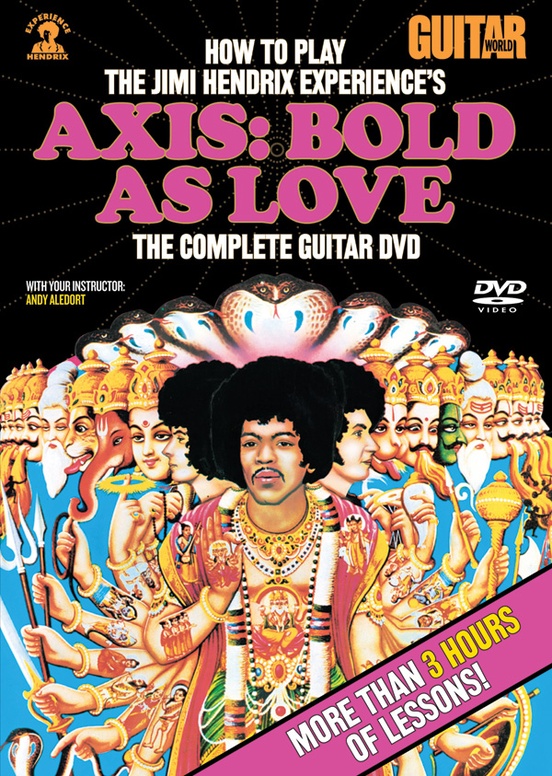

PersonnelĬredits taken from the 1993 MCA compact disc liner notes. Electric Ladyland has been featured on many greatest-album lists, including Q magazine’s 2003 list of the 100 greatest albums and Rolling Stone‘s 2020 list of the 500 greatest albums of all time, on which it was ranked 53rd. Although the album confounded critics in 1968, it has since been viewed as Hendrix’s best work and one of the greatest rock records of all time. It peaked at number six in the UK, where it spent 12 weeks on the chart.Įlectric Ladyland included a cover of the Bob Dylan song “All Along the Watchtower”, which became the Experience’s best-selling single, peaking at number six in the UK and 20 in the US. Electric Ladyland was the Experience’s most commercially successful release and their only number one album. By mid-November, it had charted at number one in the US, where it spent two weeks at the top spot. Released by Reprise Records in North America on October 16, 1968, and by Track Records in the UK nine days later, the double album was the only record from the band produced by Hendrix. With Electric Ladyland, Hendrix once again pushed the concept album to new horizons.Electric Ladyland is the third and final studio album by the Jimi Hendrix Experience and the final studio album released in Hendrix’s lifetime before his death in 1970. (A Merman I Should Turn to Be)," and "Voodoo Child (Slight Return)," a landmark in Hendrix's playing. As an album this influential (and as far as influencing a generation of players and beyond, this was his ultimate statement for many), the highlights speak for themselves: "Crosstown Traffic," his reinterpretation of Bob Dylan's "All Along the Watchtower," "Burning of the Midnight Lamp," the spacy "1983. What Hendrix sonically achieved on this record expanded the concept of what could be gotten out of a modern recording studio in much the same manner as Phil Spector had done a decade before with his Wall of Sound. Kudos to engineer Eddie Kramer for taking Hendrix's visions of a soundscape behind his music and giving it all context, experimenting with odd mike techniques, echo, backward tape, flanging, and chorusing, all new techniques at the time, at least the way they're used here. But Electric Ladyland is so much more than just background music for chemical intake. When revisionist rock critics refer to him as the maker of a generation's mightiest dope music, this is the album they're referring to.

The result was not only one of the best rock albums of the era, but also Hendrix's original musical vision at its absolute apex. Jimi Hendrix's third and final album with the original Experience found him taking his funk and psychedelic sounds to the absolute limit.


 0 kommentar(er)
0 kommentar(er)
